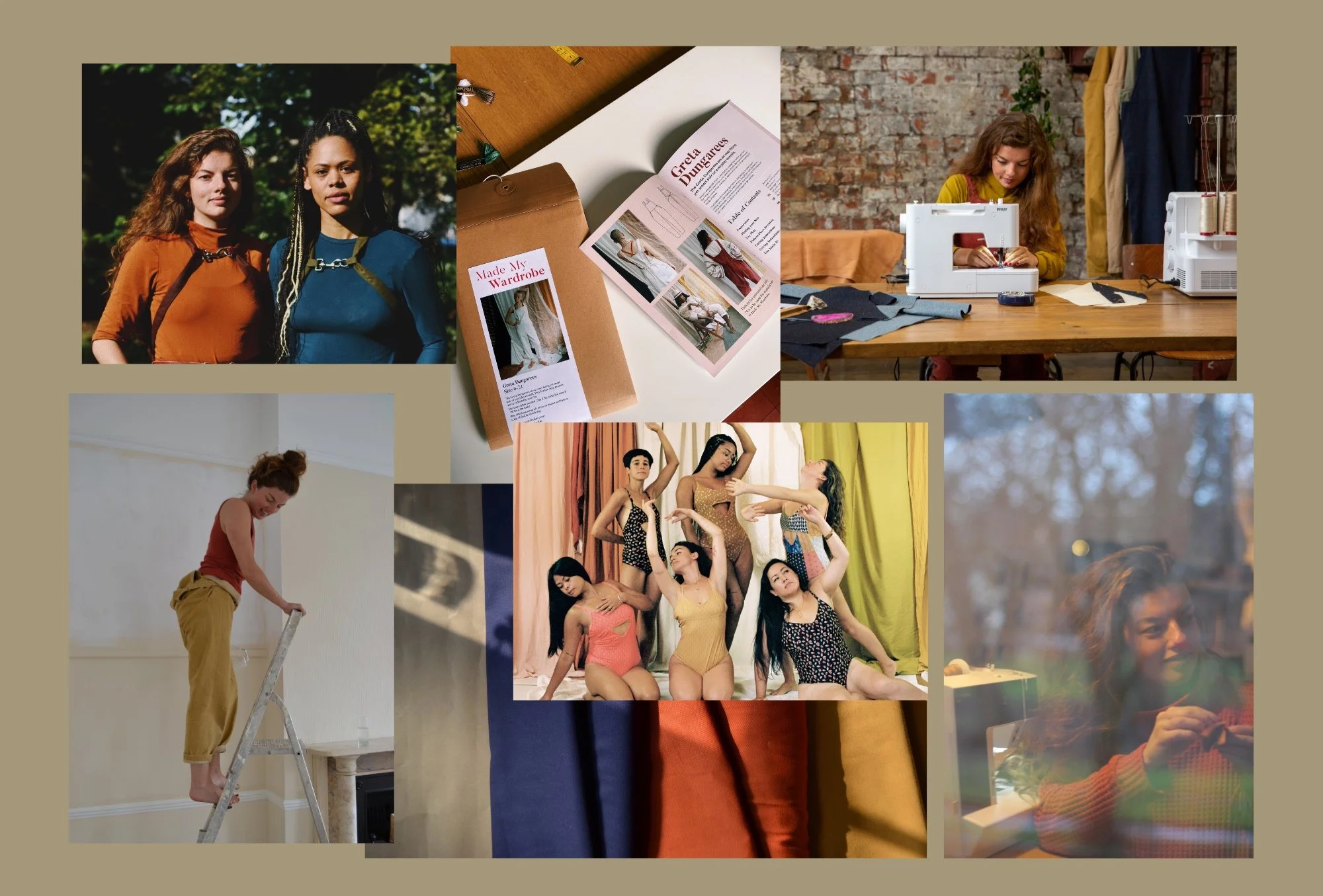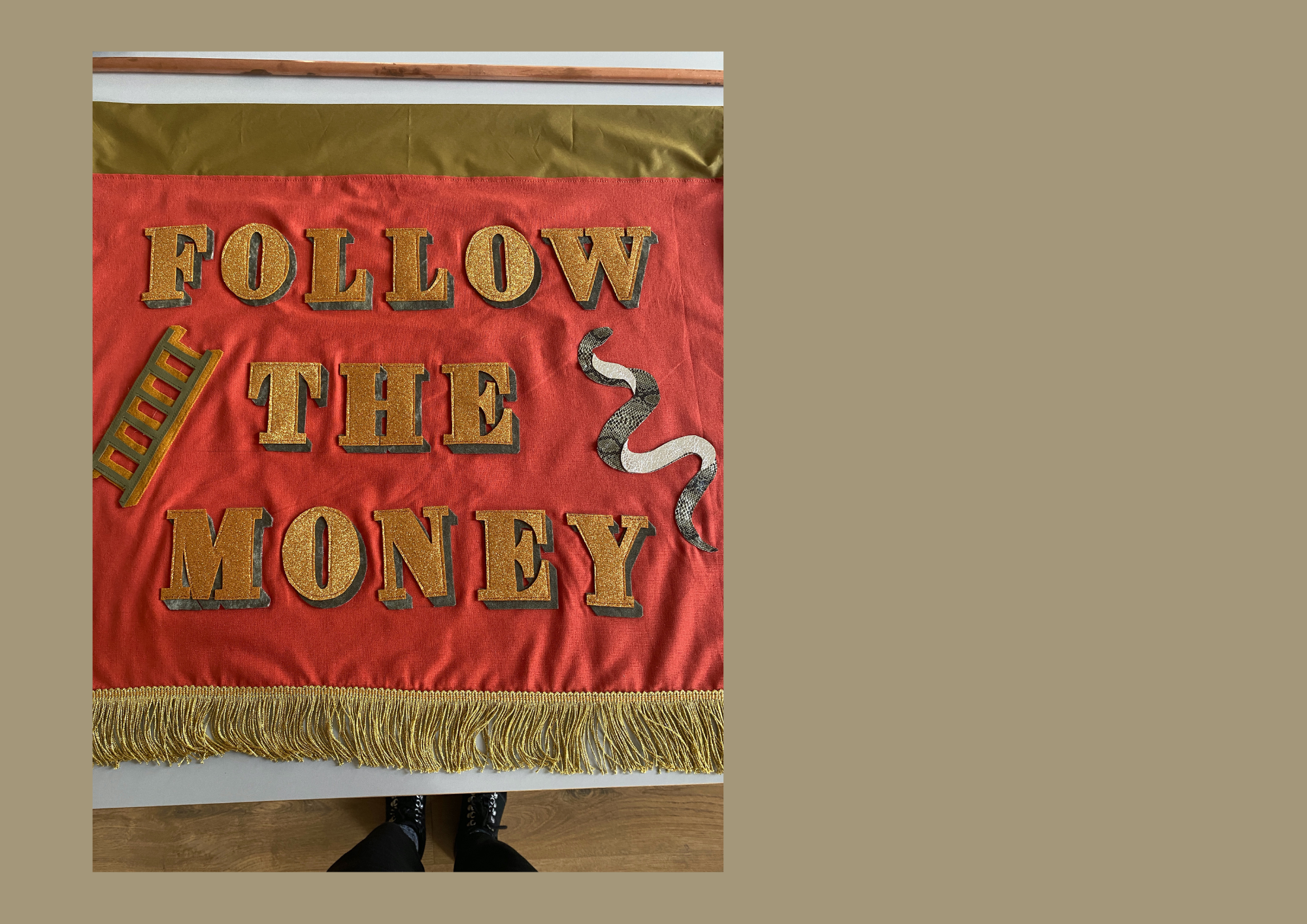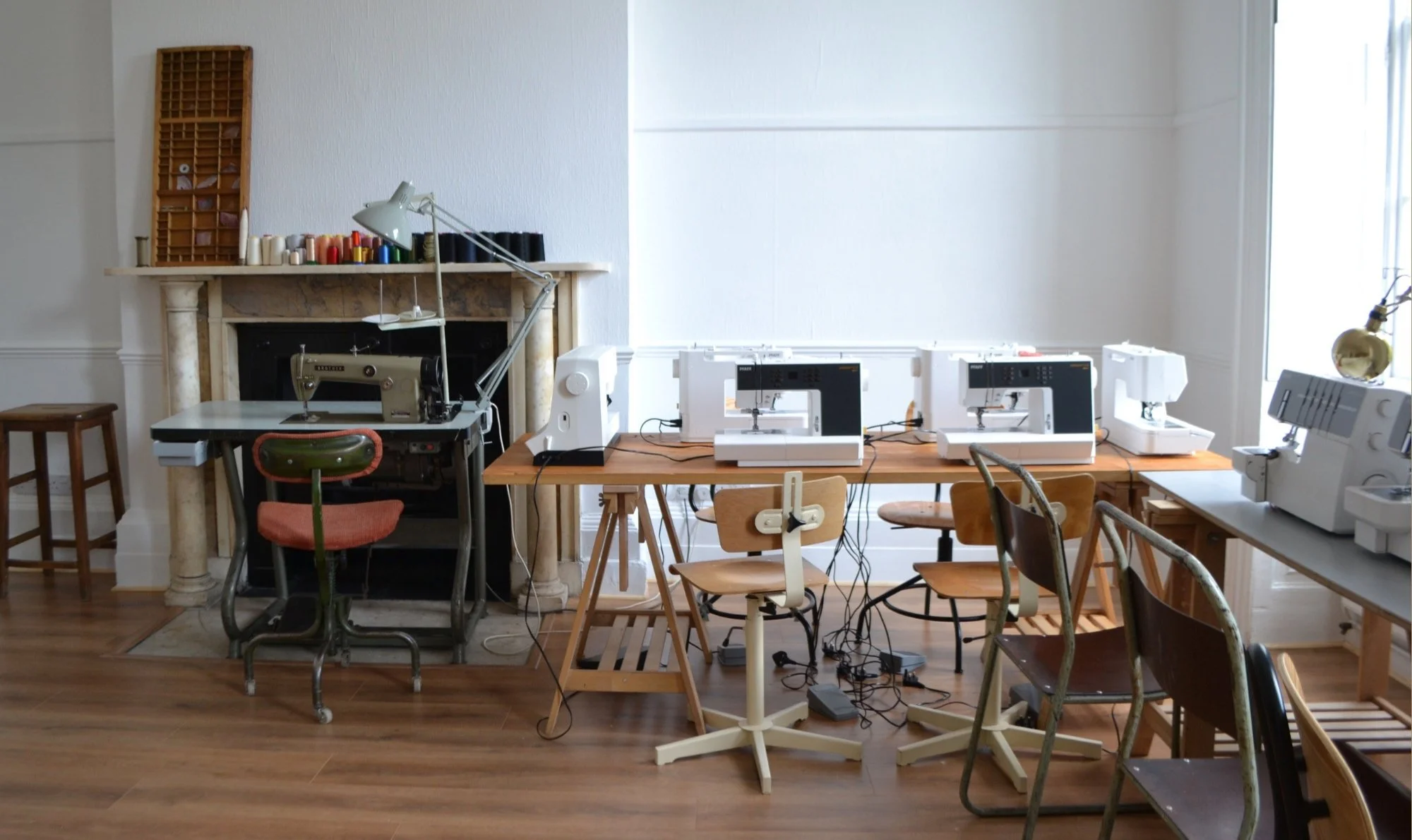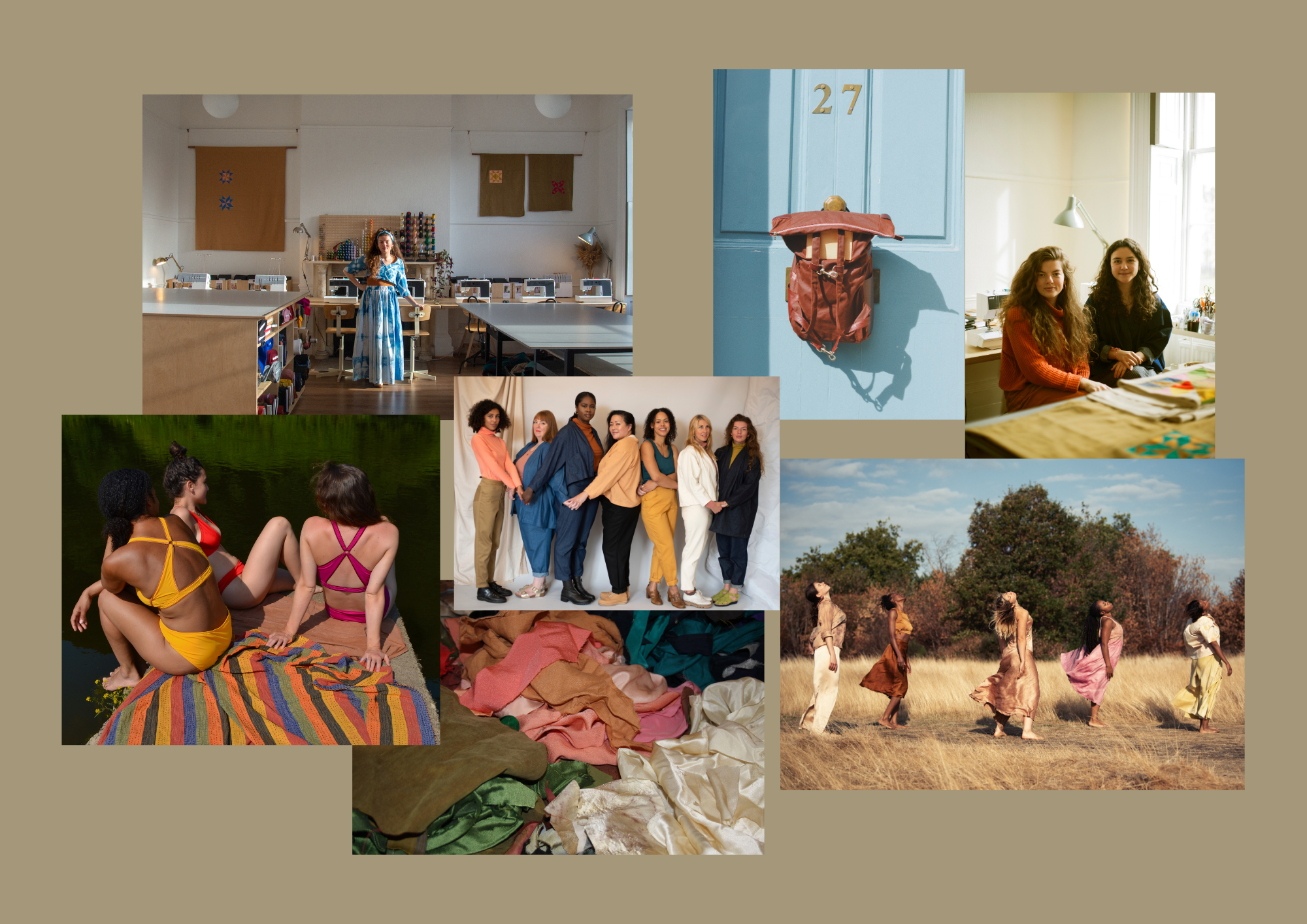How I run this sewing business
I went to a fancy drinks reception with my partner a little while back and got talking to a super obnoxious MBA student from Oxford Uni. Before asking my name, he asked me what I do for a living. I told him I teach people how to make their own clothes. Without missing a beat, he said ‘but how do you monetise that?’ I nearly spat out my free wine. Well, Mr. MBA, let me break it down for you!
Made My Wardobe Income Streams: Last Four Financial Years
I hope the following is a useful insight into where the business is at. It’s certainly helped me think about where I want it to go next… For any of you thinking of setting up a sewing business, it’s a lovely industry to be part of, but be prepared to work hard for you place in it. You have to really listen to what the market wants. Sewers are a smart bunch and they can see it a mile off when a product isn’t up to scratch.
Making money wasn’t why I set up Made My Wardrobe. It started as a deeply personal creative project (as the name suggests: to make my own wardrobe from scratch), but I am proud of the fact it has sustained me for almost eight years. It’s turned a profit every year since I registered it as a business, it’s never taken on any debt and it’s grown organically based on what I’m excited about throwing my energy and creativity into. I now have a brilliant team of self-employed aritsts I work alongside, who also drive it forward in wonderful ways.
Despite the absolutely bat-shit crazy economic climate, we have hit our financial targets for the last four years. Those financial targets haven’t always been to make more money than the year before, sometimes they have been to make less money and take more time off to do my own creative practice. Ultimately, doing that makes me better at my job and a better human to be around.
We’ve had to find different ways to make money each year. It wasn’t until the end of this financial year, when deciding what’s next for Made My Wardrobe, that I decided to really look back at our income streams over the last four years.
It was kinda nuts to see it visually for the first time, rather than just as a number on a spreadsheet. Each of those pie charts has such a different flavour! I knew we had listened carefully to our customers and responded to what the market was telling us, but I didn’t realise quite how drastically different each year had been. So let me give you a quick recap of what the hell we have been doing as a business.
2021 - The effects of Covid were still rife. I had lost most of my costume work because the theatre industry had to drop its curtains. I had to cancel all of my in-person workshops, so all I had was physical products I could post out. I was panicking hard at the start of the pandemic, simultaneously applying for jobs in care homes whilst waiting to see if I would get Self Employed support from the government to keep my head above water. But then, a few months in, I saw the sales of our little handful of sewing patterns start to soar. Sewing was the new sourdough and everyone wanted a slice! I started doing fabrics and haberdashery to go with the patterns and on some days we literally could not pack the kits fast enough. Every few weeks we would bring out a new (free) online tutorial and lots of lovely materials, patterns and kits to go with them. I loved bundling up your little parcels of crafty joy, and thinking about all of you making them in your own homes. I actually think I could have made a lot more money in the pandemic if I had dared to borrow some money and buy bigger quantities of fabric. But it felt like such a uncertain time I just kept reinvesting what I had made, grateful to still have a business.
2022 - The world was opening up and we moved into our own sunny studio on Portland Square in Bristol. We could finally run sewing workshops again and we now had an even stronger team of textile practicioners to teach them. The effects of Brexit and leaving the single market were starting to make importing fabrics from the EU a nightmare, but I still had enough stock to keep the online shop bubbling. We had a great first year in the studio conecting with so many lovely local makers and finding our feet as a sewing school.
2023 - The online sales of fabric and patterns were slowing down as everyone wanted to be out and about. Luckily for us folks still wanted to be sewing, just not in there own homes, the workshops started popping off! There were lots of people who had taught themselves to sew at home during the pandemic but now wanted to come to a workshop and skill up to the next level. We hired more teachers and really developed what we could offer: from pattern cutting, to bra making, to quilt making. We also started selling the PFAFF sewing machines, which was a huge light bulb moment (more on that below!)
2024 - Oh my goodness, almost every workshop date we advertised sold out! There weren’t enough weekends in the year for the amount of workshops we could have run! Thank you to all of you who have made this sewing studio the hub of creativity it is. We also realised how many of you were sewing on rubbish old sewing machines at home and got lots of you set up with brand new PFAFF overlockers and domestic sewing machines. Doing customer-facing work feels like what we do best because we love connecting with makers and sewers who visit us from across the UK.
This was a banner I made for a theatre show this year but I thought the message was quite relevant.
I often get told by business coaches and mentors that I should streamline what I do and not do so many things. Maybe they’re right, but that’s not what make me tick - we love our our versatility and they way it allows us to repond to what our customers ask for. Plus, I honestly think it’s the many strings to our bow that has kept us in business through such an unstable financial climate.
The studio the day we moved in to Portland Square in Bristol
The studio all set up and ready for sewing (except for a broken lampshade that we still haven’t found a match for!)
Thinking of setting up your own sewing business?
Let’s break down the pros and cons of the different income streams below:
Sewing Workshops
This was how the business first started to make money. I’ve now taught well over 1000 people in person all over the UK. Considering you can only have about seven people in a class, that’s a lot of workshops! Although it might seem scary to start teaching workshops, it’s relatively low-risk: your main investment is time and expertise and, if you have to reschedule, you will keep your materials. In my experience, there is a real appetite in the sewing community for high-quality teaching and resources. People want to learn how to make beautiful things using a sewing machine. The only tough thing is that you have to bring the energy and put all your charisma and knowledge into a very specific situation. You can’t really have an off day if people have paid £££ to be there. I now sync my teaching calender up with my menstrual cycle to help with this; I really value being able to give all of myself to a class. You also have to be a lightning-fast problem solver: you wouldn’t believe how many things can go wrong in sewing (don’t get me started on fitting). I now feel like we’re ready to fix any student’s problem, but it took a few years to get there.
Sewing Patterns
I guess you could call sewing patterns the building blocks of the industry. They are what most sewing brands are built around and they are both extremely creative and painstakingly technical. I have about 100 sewing patterns that I have designed sitting in boxes in my studio, but only sixteen that I have graded, illustrated, digitalised, photographed and designed packaging for. I talk about how thorough (and expensive) the process is in this blog post here. I love doing this type of production, but I have to be in the right headspace to be that detail-orientated because it’s not my natural state. To be honest, during the pandemic I felt like the sewing pattern market became really oversaturated. I saw some brands doing really well thought-out things to design a brilliant product and other brands just churning out the same rushed designs. This kinda made me want to step away for awhile just to see how the dust settles. I now feel inspired to ripen more of my sewing patterns to their final fruition so that they can be made all over the world by you lovely folk. Thanks for your patience on this!
Fabrics
Importing sustainably sourced fabric into the UK has become insanely expensive since Brexit. I know it’s probably frustrating for the customer, but I honestly understand why Merchant & Mills prices are as high as they are! From a profit perspective, MMW prices should be the same, but I struggle to charge more than £20 per metre for cloth. I don’t sell nearly as much fabric online anymore but we do still have a lovely selection in the studio for workshops, so if you are looking for something in particular, do feel free to drop me an email at lydia@mademywardrobe.com and see if we have it! As far as I can tell, I think the only people making much money from fabric sales now are those doing designer deadstock such as New Craft House & Fabric Godmother. If any other sustainable fabric shop owners want to chat numbers, let’s do it: I would love to find a way to make it work again.
Sewing Machines
I honestly feel so stupid that we didn’t start selling the sewing machines sooner. I have been a PFAFF brand ambassador since 2018 (they kitted out my first studio with sewing machines for free, the same ones we still use today!) But it wasn’t until 2023 that I started selling the machines myself. That means for four years I was basically giving people full tutorials on how to use these machines and then referring them to another dealer to buy the machine (meanwhile not making an extra penny in commission). I genuinely think I probably secured about £50k in sales for other businesses in that time. This is no shade on PFAFF, they are a great company to work with, it’s just the way the original deal was set up and I thought I had to have a ‘proper’ sewing machine shop with 100’s of sewing machines in order to sell them. It turns out, I just keep about five of the most popular models in stock and order in any extras when I need them. As a team we pride ourselves on getting folks fully used to the machine (in workshops) before they buy them. This means that at home they know exactly how to use all its functions. We also always send our sewing machine customers a gift box of goodies including thread, snips and patterns to get them started on their new machines. We only ever sell machines we have put to the test in workshops and happily troubleshoot any problems that (rarely) arise after purchase.
Wholesale
An area of the business I have completely neglected. I’ve never reached out to a single shop to ask them to stock us. I’ve just waited for shops to get in touch with us, and it’s lovely when they do! But because we print all our patterns in Bath and fold them in-house, we can’t make much money on wholesale right now. We do, however, love it when our patterns are included in sewing subscription boxes and when other teachers use our patterns in workshops, so do get in touch if you are a shop, teacher or run a subscription service! If I could hire someone to do this side of the business I would, so if that is you please get in touch. As you can see, at the moment it only makes up 1% of our income; getting that up to 10% that would be mega!
Funding & Grants
Ahh the holy grail of income (except for the applications and reports bit). If only we could get more of these, I can only imagine the things we could do! (An entire textile building?!) For full transparency, for every 10 things I apply for I might get one of them, but when I do, I feel like I’m floating on a magic carpet home. The main pieces of funding I have received in the last few years have been the QEST Scholarship, an Arts Council Project Grant under £15k, Arts Council Developing Your Creative Project Grant and the Self Employment Income Support Scheme during covid. These are all usually for me as an individual artist rather than for Made My Wardrobe, but they help me develop my own skills and allow me a slight respite from constantly having to deliver on other sides of the business. We didn’t get any grants or funding this year, so we’ve had to really rely on ourselves! If you are thinking of applying for any of these grants I’m happy to answer questions, but please make sure they are not already answered on the relevant websites.
Costume & Commision Work
I orginally trained in costume. I did an apprenticeship when I dropped out of uni and it has always been my first sewing love. I still do the odd nice costume job when I get asked, but it’s too unreliable to be my main income. I also found that the bigger the company, the more of a nightmare they were to work for, so now I love working with small companies that have a great ethos. Recently, I have loved doing more private commissions such as banners and flags for private celebrations, festivals and exhibitions, so do get in touch if you would like to collaborate.
Pro Bono & Philanthropy Work
We try to keep the studio open to as many people as possible. We offer community pricing on our Open Studio sessions ranging from £7 to £20 for three hours. By the time I’ve paid Ana to facilitate these sessions MMW doesn’t make any money from them, but they feel like an important thing to offer as the community that comes gets so much out of it. We have also taught free workshops for refugees and people seeking asylum which we self-funded as a buisness. Although this has been really special for us, we need more funding to make it sustainable. Otherwise, we have a scholarship programme for our weekend workshops which runs on a rolling application basis. We also have an Arist-In-Residence programme providing fully-equipped sewing space for professional artists and keeping costs as low as possible. We often donate sales from particiular products to causes close to our heart. I always feel like I want to do more, and if we had more government funding we would. So for now, we do what we can.
I hope that sheds a little light on the business side of things at Made My Wardrobe. We have definitely had to graft hard and stay alert. Just as you think an income stream is reliable and is looking after itself, the market changes and you have to switch to something else. At least that keeps things interesting! It also feels like the Tory government is constantly making things harder for small businesses in the UK, but maybe that deserves a whole seperate blog post (along with a breakdown of our outgoings!) Thank you to all of you who have supported us along the way and kept us in business. We really love doing what we do and will keep trying to improve our offerings for you. Massive thanks as always to my team for keeping me calm when it feels scary and always bringing such creativity to the studio.
Photography by Ana Clark, Tasha Hylton, Naomi Wood, Mercedes Portillo, Hamish Pottinger, Lydia Higginson & Camilla Greenwell
